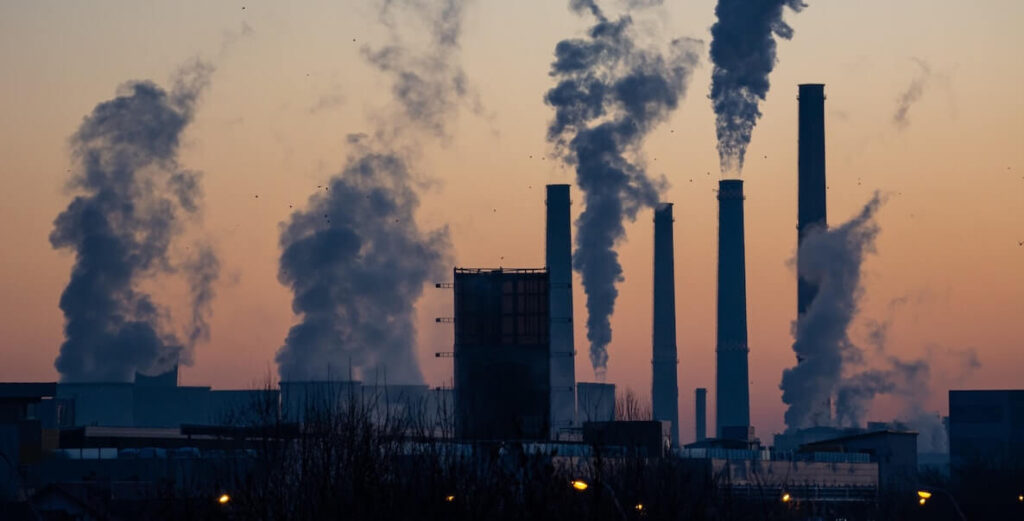As the Senate agonizes over the Build Back Better Act, it’s important to consider the importance of social and environmental initiatives, specifically the U.S. Environmental Protection Agency’s (EPA) new community air monitoring program made possible by the American Rescue Plan Act of 2021. With a total of $20 million, the EPA anticipates funding at least 50 projects across the country that will help polluted communities monitor their air quality. Applications are open until February 25. (To get more info on the grants, attend a session today here.)
These projects have the potential to significantly improve public health in the communities that need it most, but only if concrete plans are created to turn air quality data into action. For example, the City of Philadelphia, like many large urban areas, already fails to attain federal ground-level-ozone pollution standards.
So what could be done with more monitoring if we already know we have poor air quality? EPA data shows that last August, Philadelphia had its first “red ozone day” since 2018. Red ozone days are when it is dangerous for all residents to breathe because of immense ground-level-ozone (smog) pollution.
EPA data shows that last August, Philadelphia had its first “red ozone day” since 2018. Red ozone days are when it is dangerous for all residents to breathe because of immense ground-level-ozone (smog) pollution.
The EPA’s new grant opportunity comes at the same time as its newly proposed federal pollution standards for new and existing oil and gas wells, compressor stations and storage tanks that could change how local air monitoring is employed around a number of pollution sources in Pennsylvania and other gas-producing states. The rule, once finalized, could include new regulations for local air monitoring around industrial facilities that would build upon a 2015 EPA rule that required “fenceline” monitoring at oil refineries, including the former Philadelphia refinery.
RELATED: Why isn’t PGW fixing Phillly’s massive gas leaks?
This required air monitoring at oil refineries led the Environmental Integrity Project (EIP) to conclude that the former Philly refinery emitted the known-carcinogen benzene at a rate five times above EPA action levels before a fire rendered the facility unusable in June 2019. So how can we turn air monitoring into action and actually resolve pollution incidents?
The U.S. Environmental Protection Agency’s (EPA) newly proposed standards for methane and smog-causing volatile organic compound (VOC) pollution from oil and gas facilities presents both an expansion of the individual pollution sources that EPA is now proposing to regulate as well as new thinking on the ways in which air pollution data will be gathered and disseminated.
For the first time ever, the EPA is proposing site-specific, community-centric air monitoring that could finally empower impacted residents to get the information they need about pollution incidents.
Increasing demand for more accurate monitoring practices, Penn State University recently concluded that EPA has been underestimating methane emissions from the oil and gas industry 48 to 76 percent. The EPA itself has also concluded that while carbon dioxide emissions decreased nationally during the Covid-19 pandemic, methane emissions continued to rise and currently cause a full one-third of the climate chaos we’re experiencing. The reason is that methane is 87 times more potent a greenhouse gas than carbon dioxide over a 20-year time period.
For the first time ever, the EPA is proposing site-specific, community-centric air monitoring that could finally empower impacted residents to get the information they need about pollution incidents.
In the EPA’s new pollution standards for new and existing oil and gas sites there could be clear consequences for industries that break pollution rules and much-needed information for communities about pollution incidents and their resolution. The gas drilling industry is uniquely predisposed to more innovative air monitoring because there are no smoke stacks to monitor and relatively no combustion taking place other than to power equipment onsite, which itself could be drastically reduced by the final rule if it requires that all gas drillers use electric, rather than natural gas-driven pneumatic controllers and pumps.
RELATED: Tracking inhaler use in Louisville led to health-minded policy changes—could it work in Philly?
Air pollution from gas drilling sites is also more readily controllable because most pollution incidents are caused by aging equipment that needs to be repaired or replaced. So rather than recording a pollution incident only to divulge the results years later, real-time air monitoring around gas drilling sites could force drilling companies to instantly repair malfunctioning equipment, which would result in immediate public health and climate benefits. Once this practice is found successful at gas drilling sites, the EPA will hopefully apply this regulatory strategy to all pollution sources.
Oil and gas sites release a variety of air pollutants that have different, negative health effects. In addition to climate-changing methane, gas wells also emit other smog-causing VOCs in addition to the known-carcinogen benzene and other hazardous air pollutants (HAPs). While Philadelphians do not live next to gas drilling wells, they are certainly dealing with the effects of this industry, including the effects of climate change and the impacts of asthma-causing ground-level-ozone pollution, created when VOCs and nitrogen oxides react with heat in the atmosphere.
RELATED: Why the Philadelphia tire fire should scare you
The EPA’s new pollution standards for gas wells in combination with newfound funding for community air monitoring projects present immense potential to finally create a regulatory framework where industry and governments react to real-time air monitoring in order to minimize pollution. It is no longer satisfactory to merely measure and describe pollution—residents across rural and urban areas are demanding action.
If real-time air monitoring can be used in the gas drilling regions of Pennsylvania to reduce air pollution and empower community engagement, then we will hopefully soon see similar projects around major pollution sources in Philadelphia.
Russell Zerbo is an advocate at the Clean Air Council.
The Citizen welcomes guest commentary from community members who stipulate to the best of their ability that it is fact-based and non-defamatory.

